An inflammatory illness of the lung resulting in alveolar fluid accumulation.
What is pneumonia?
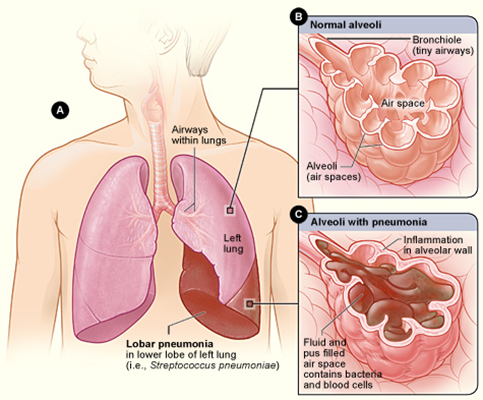
A life-threatening lung injury that allows fluid to leak into the lungs. Breathing becomes difficult, and oxygen cannot get into the body.
What is Acute Respiratory Distress Syndrome (ARDS)?
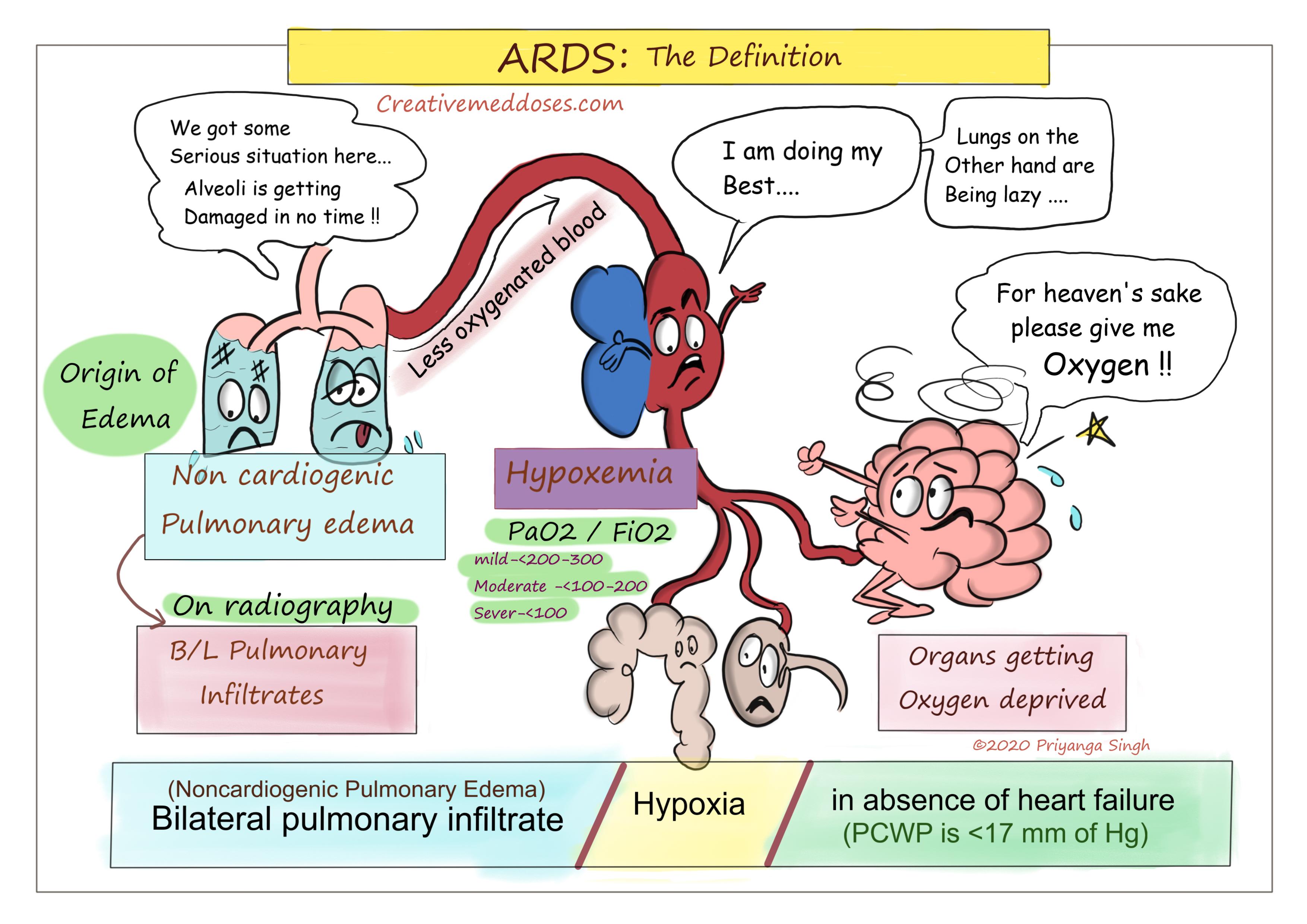
Lung cancer is divided into two cell types.
What is small-cell (SCLC) and Non-small-cell (NSCLC) carcinoma?
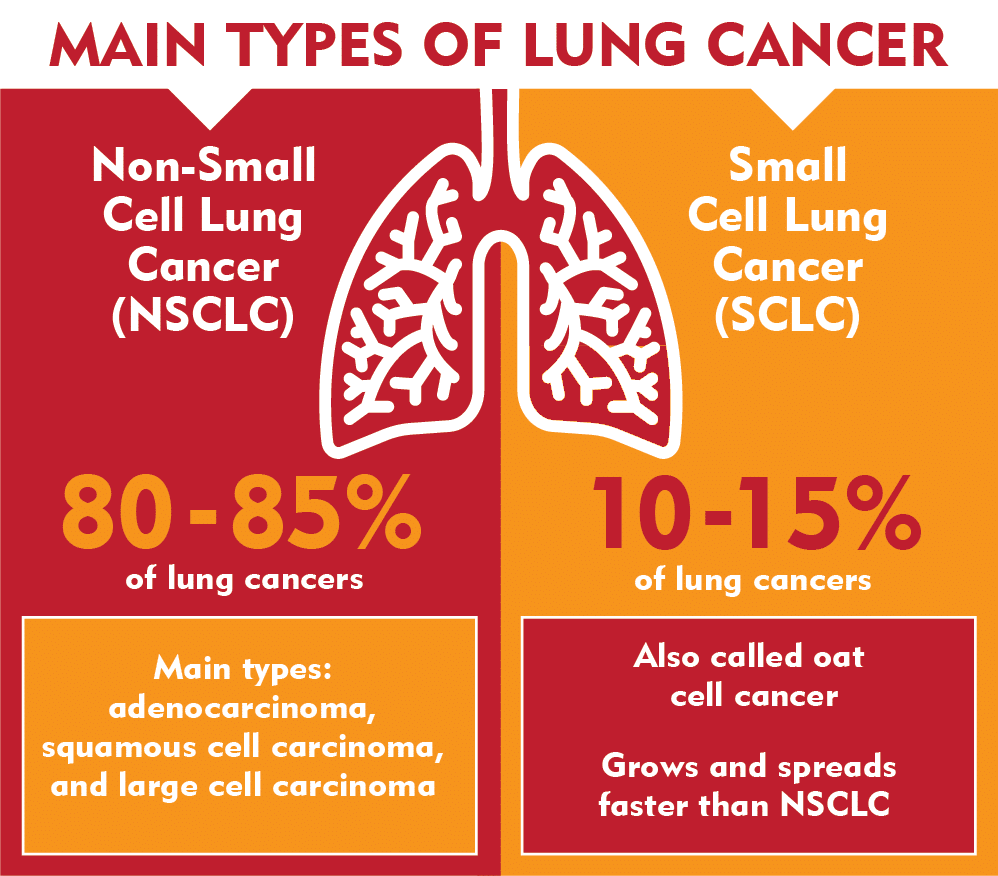
TB is an infectious disease caused by Mycobacterium tuberculosis. Although TB mainly affects the lungs, it can also affect these other areas of the body.
What are kidneys, bones, skin, central nervous, reproductive or urinary systems?

This condition is divided into two types, based on the location of the acquisition.
What is community-acquired pneumonia (CAP) and hospital-acquired pneumonia (HAP)?

This condition usually occurs in people who are already critically ill, or seriously injured, due to this response.
What is the inflammatory response?
Inflammation leads to alveolar damage and the release of cytokines and other inflammatory mediators. Increased alveolar-capillary membrane permeability leads to fluid accumulating in the interstitial spaces and small airways. Reduced surfactant production causes stiffening of the lung tissues and further impairs gas exchange. This results in respiratory failure and severe hypoxemia. Death rate is about 37%.

Lung cancer is the most common type of cancer, and is the leading cause of cancer death in both men and women. Lung cancer has the following risk factors.
What is tobacco exposure, genetic factors, asbestos exposure, ionizing radiation, and exposure to heavy metals?

Patient with TB are typically placed in this type of isolation.
What is airborne isolation?

Risk factors for this condition.
What is advanced age, alcoholism, altered mental status, smoking, chronic lung disease, poor dental hygiene, upper respiratory infection, neurological deficits, and feeding tubes?

Risk factors for this condition.
What are pneumonia, sepsis, trauma, aspiration, burns, acute pancreatitis, any acute illness or injury (especially sepsis).

There are currently no recommended screening tests for lung cancer*, and no characteristic physical exam findings. However, there is typically a history of the following.
*book written before low dose CT scans became common for screening.
What are a persistent cough, hoarseness or dysphagia, recurrent pneumonia or bronchitis, anorexia, weight loss, and fatigue?

There are two types of disease.
What is latent tuberculosis infection (LTBI) and active disease?
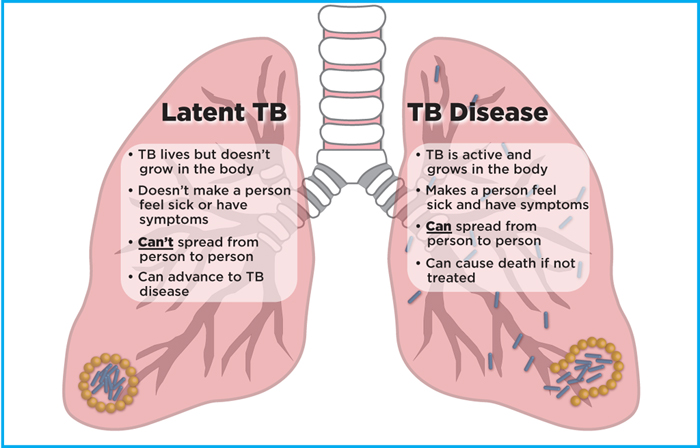
Nonpharmacologic treatment of this condition.
What is rest, increased fluid intake, humidification, supplemental oxygen if needed, avoidance of tobacco smoke, and avoidance of cough suppressants?

This condition presents with the acute onset of SOB and sometimes confusion within 48 hours of any precipitating illness or event. The following clinical signs are typically apparent.
What are tachypnea, tachycardia, increased work of breathing, and abnormal lung sounds?

This type of lung cancer is rarely operable.
What is SCLC?
:max_bytes(150000):strip_icc()/can-lung-cancer-be-cured-2248871_Final-873c34721a4b4541a2b70fafc2111935.jpg)
Tuberculosis risk factors.
What are age, HIV status, AIDS, chemotherapy, organ transplantation, IV drug use, chronic renal failure, DM, chronic lung disease, poor nutritional status, and leukemia, lymphoma, or any malignancy?

Treatment for this condition.
What is mechanical ventilation with positive end-expiratory pressure (PEEP), prone positioning, moderate-dose corticosteroids, antibiotic treatment, and sedatives, narcotics, and neuromuscular blocking to assist with ventilation and patient comfort?
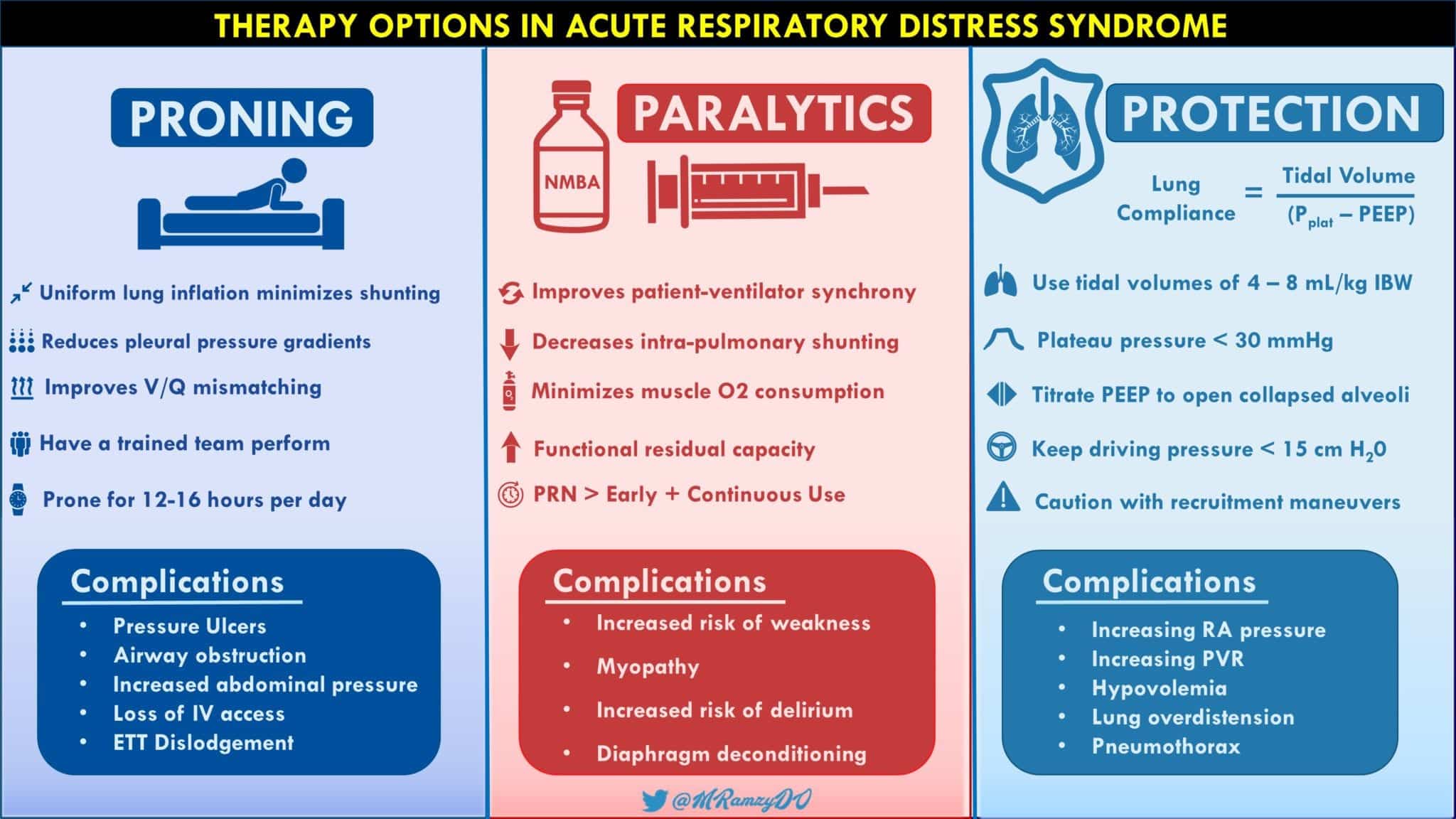
Screening with this test is required for many professionals who have contact with the public, such as healthcare workers.
What is the Tuberculin Skin Test (TST), or the Mantoux?
